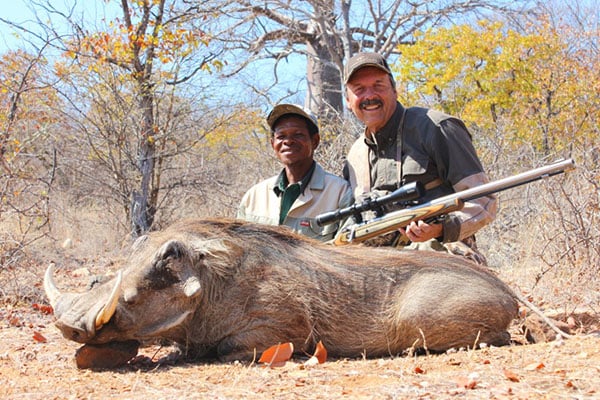
Last Updated on
By Tony Martins
Adventures in Africa
They say that once you’ve hunted in Africa, the experience will infiltrate your blood and your soul. The infection causes a condition that can only be treated successfully by returning to the birthplace of humanity, and I suspect that the Garden of Eden might have been located somewhere in central East Africa. It’s a fact however, that most do not hunt Africa just once – and like most, I was contemplating a return trip well before completing my first. As I write these words less than a month after returning from my latest African adventure, I must admit to already making plans for my next journey to this wondrous continent. The essence of an African hunting adventure is the total experience however, which can be every bit as seductive and intoxicating as the hunting… and the hunting is the best in the world!
The Scope
Africa is big. With more than 50 countries, the continent holds 20.4% of Earth’s total land mass, or about 11.7 million square miles. It’s truly a colossal land, loaded with diversity, intrigue and adventure. The Republic of South Africa and Namibia are the two most popular African countries for U.S. residents hunting abroad – and these countries are also big. The coastline of South Africa stretches more than 1500 miles along two oceans. The distance from Cape Town in the southwest to Musina in northeastern South Africa for example, is about the same as from San Diego to Dallas (1350 miles). Namibia has nearly 1000 miles of coastline (100% designated as national parkland), but it’s about 25% smaller in total land mass than RSA. Nevertheless, the distance from the northern border town of Ruacana to the southern border town of Noordoewar is more than 1500 miles! The point? People tend to speak of Africa in broad generalities. Thus, most of what you hear from well-intentioned folks about their own adventure(s) in Africa will be different and quite probably unrelated to your own experience. Tip: Do plenty of research before you go, and be specific about what you want to see and do in the area(s) you choose to visit. [Note: We will cover what you need to know to plan your first African safari in the second part of this 2-part series.]
African sunsets are legendary, regardless of the location. They are more colorful when there is moisture in the air, and although less colorful during dry season, they can still be spectacular. The photo above was taken in South Africa in the Kalahari Basin northeast of Kimberly (famous for diamond mining), in June – a dry month. Tip: Take a good binocular and a good digital camera (or two) with plenty of storage media and batteries.
The Culture
South Africa has both modern cities with modern conveniences and remarkably primitive rural regions with virtually no services – sometimes just miles apart. From high tech ultraviolet scanners spanning thoroughfares that read license plates as motorists zip past 24 hours-a-day – generating billing documents assessing toll fees which are printed and mailed to car owners monthly – to villages consisting of shelters made of mud and cardboard with no running water or sanitary facilities, the contrasts are intriguing and often startling.
Technology has taken the country by storm during the past 10 years however, affecting the lives of people in even the most remote locations. Mobile cellular phones and connectivity through the internet are largely responsible. The U.S. CIA reports that there are 150 active cell phone subscriptions for every 100 inhabitants, and internet users number 25 million – nearly half the total population. South Africans love their cell phones. From business executives in the conference room to trackers hunting in the bush, everyone stays connected today. Shown below in one of those “I never thought I’d see the day…” moments from my recent hunt, native trackers “Obed” (a 42 year old Venda tribesman) and “Simon” (a 53 year old Bushman) check-in with friends and family while taking a midday break in the shade of a 3000 year old baobab tree, on a mountainside deep in the African thornbush!
South Africa is often referred to as the “Rainbow Nation” to describe the country’s developing multi-cultural diversity. This stems from the abolishment of segregationist apartheid ideology and repeal of discriminatory laws governing housing, education and health care that commenced in 1990 and was followed by the first multi-racial elections held in 1994. It is truly a multi-ethnic country, with a wide variety of cultures, religions and languages. In fact, the RSA constitution recognizes 11 official languages, which ranks among the most of any country. Afrikaans is the first language of most white and colored (multi-racial) South Africans, derived from Dutch with English, German and French influences. Although not among the top three spoken first languages (Zulu is #1), English is commonly used in public life, and the language of choice for government, business and commerce – reflecting the lasting influence of British colonialism. About 80% of the population has ancestral roots in sub-Saharan Africa. These people speak a variety of Bantu languages (with hundreds of different dialects), and nine of these have official status. While the countryside is often drab, many of the 53.5 million people who call South Africa home are certainly colorful!
The Wildlife
The African continent has unparalleled diversity in its wildlife, and the Republic of South Africa represents well in this area. RSA boasts more than 200 indigenous mammal species, including the Big Five – rhino, elephant, lion, cape buffalo and leopard. These animals are so important that their images share space on the nation’s 10, 20, 50, 100 and 200 Rand currency notes opposite Nelson Mandella, the legendary first black African President of the Republic. Primates rank at the top in terms of appeal for visitors, and vervet and samango monkeys as well as chacma baboons are often observed in both town and country. From the endearing meerkats to the man-eating big cats, and the cute guinea pig sized rock hyrax to its closest relative the mighty African elephant, trust that you will never forget your first sighting of either the king-of-beasts, or a “jumbo” in the wild.
Birders from around the world flock to South Africa to experience the fantastic variety of birds – both migrants and endemics – which ranges from the giant ostrich and spectacular cranes to the striking hornbills and colorful bee-eaters and rollers. In all, more than 850 species of birds have been recorded in RSA, and about 725 of these are resident or annual visitors. Somewhat less popular among visitors and residents alike are South Africa’s 100+ snake species, about half of which are non-venomous – like the python. The other half includes some of the worlds most dangerous – like the puff adder, black mamba, spitting cobra and boomslang. The reptilian symbol of Africa however is not a snake, and only the hippo takes a greater toll of human life on the continent annually than the crocodile. Widely recognized as the perfect predator, this prehistoric monster still rules the waters of some rivers, estuaries and lakes today, just as it did 250-million years ago.
Most hunters on safari in Africa for the first time will hunt plains game, and for good reasons. These animals are plentiful and widely dispersed in a variety of habitats – from the bushveld and woodlands of the Limpopo province, wide open plains of the Free State and coastal plains of Eastern Cape, to the iconic sands and thornbush of the Kalahari. Short safaris of a week or less on private lands are popular, comparatively inexpensive and success rates are high. South Africa hosts the largest safari industry and offers the greatest variety of plains game, with more than 30 species. Namibia offers a similar safari hunting system, though the game is less varied since the country is more arid.
Common species such as impala, blesbok, springbok, steenbok, duiker and the ever popular warthog are the least expensive to hunt. Trophy fees are assessed on a pay-as-you-go basis for animals taken, as well as those that are wounded and lost. Trophy fees for the larger common species like wildebeest, hartebeest, gemsbok and zebra are a little higher, while extremely desirable species like kudu (“gray ghost”), nyala (“prince of the spiral horns”), bushbuck, waterbuck and eland command fees that step up another level or two. Scarcity and demand place sable and roan antelope at the top of the trophy fee register along with buffalo, due to the danger and difficulty in hunting them.
The Hunting
Variety and opportunity are hunting safari hallmarks in southern Africa. Variety also describes the hunting techniques that are used, and this is often dictated by habitat and topography, the game pursued and the preference of the hunter. Driving slowly through the country, stopping to glass and spot the desired game or locate its spoor, and then dismounting to “walk-and-stalk” rank among the most popular techniques. Hunters with disabilities, as well as those who have activity restrictions due to age or medical condition, can simply hunt from the vehicle. In hilly country, you may climb to a vantage point to glass for game like kudu and nyala, or still-hunt the drainages and small washes hoping to catch your quarry watering or bedded in the shade. Hunting from a blind is also popular, particularly with bowhunters. Blinds may be elevated or dug into the ground and are typically located on a water source.
Unique habitat that is ideally suited for a particular animal may hold its own special challenges for the plains game hunter. In the thick thornbush of the Kalahari or the dense mopane woodlands in the Limpopo province for example, hunters may be presented with shots of well under 100 yards. Being ready for any opportunity that presents can pay dividends, and this was the case on my recent hunt in northern South Africa near the Zimbabwe border. When a massive old warthog boar bolted from the shady cover of a small wash that we were moving through, I was ready. A quick but well placed shot from only about 60 yards with my Knight Rifles muzzleloader anchored the 110 kilogram beast – earning me the nickname/radio handle “warthog” and netting some delicious table fare for the camp.
While hunting the bushveld, shooting distances can often be negotiated to 100 yards or less, due to the density and/or dispersion of cover. Setting up in a shooting lane to ambush game is a common practice. Standing to shoot off sticks is often required to clear ground cover, so it’s wise to practice from this position before leaving home. Although I had taken numerous animals from shooting sticks prior to my first trip to Africa, I had never done so while standing upright. This potentially disastrous oversight came to mind about the time I clicked the safety off while drawing a bead on my first African animal – a beautiful South African springbok! Fortunately I steadied quickly, and a shoulder shot from 150 yards dropped the old ram in his tracks. Although long-range shooting is typically unnecessary, the vast open plains found in the Northern Cape and Free State provinces may demand shots of 300 yards or more. Knowing this to be the case, I packed a .300 Weatherby Magnum as a backup rifle in my quest to take all four of the springbok color variants. Thanks to an accommodating outfitter and PH, and with some careful stalking and a great deal of patience, I was able to accomplish my “springbok slam” objective… with a twist. Each animal was taken with a muzzleloader and blackpowder, at distances from 110 to 178 yards.
The unparalleled variety of game and abundant opportunity in southern Africa have fueled my desire to return, again and again – admittedly with some degree of influence from this stunning addition to my trophy room. A sage word of caution, however: The allure of Africa is undeniably powerful, particularly for those who live for adventure and new experiences, and especially for those who love to hunt. Much like Ernest Hemingway, who when asked about future plans on his return from a month-long safari in 1933 that provided material for his lyrical journal Green Hills of Africa simply replied: “Make enough money to go back to Africa.”


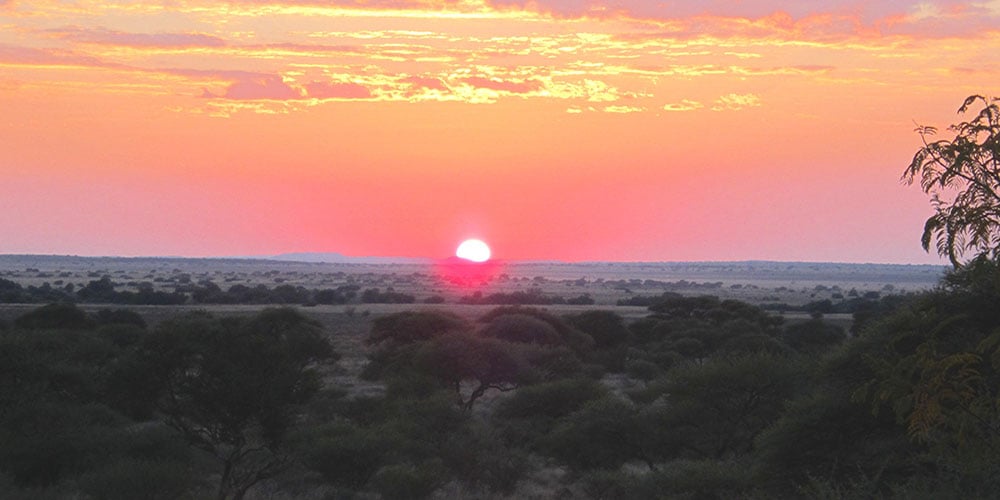

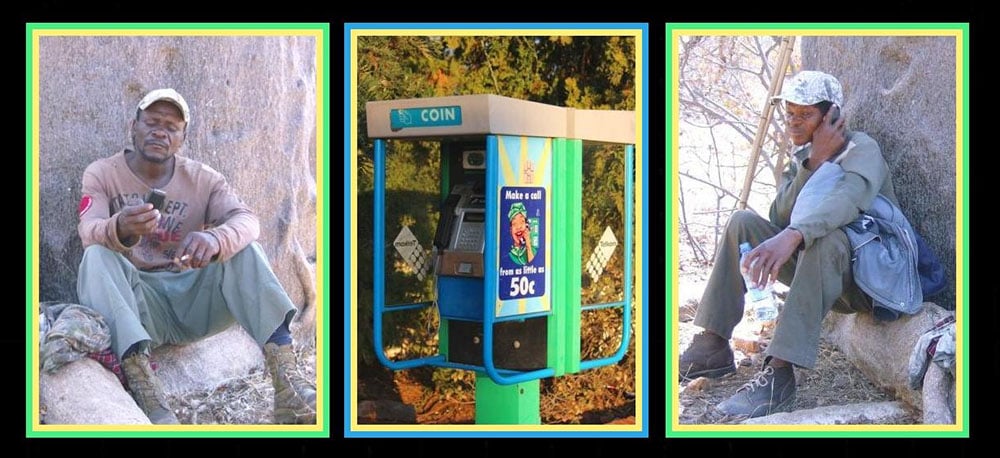


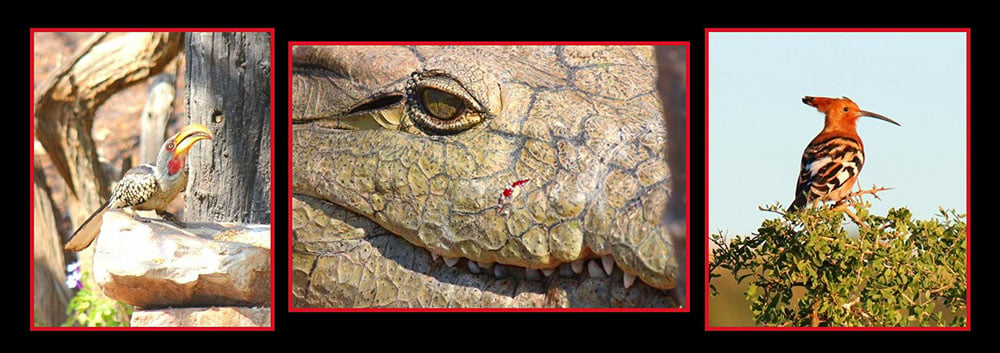
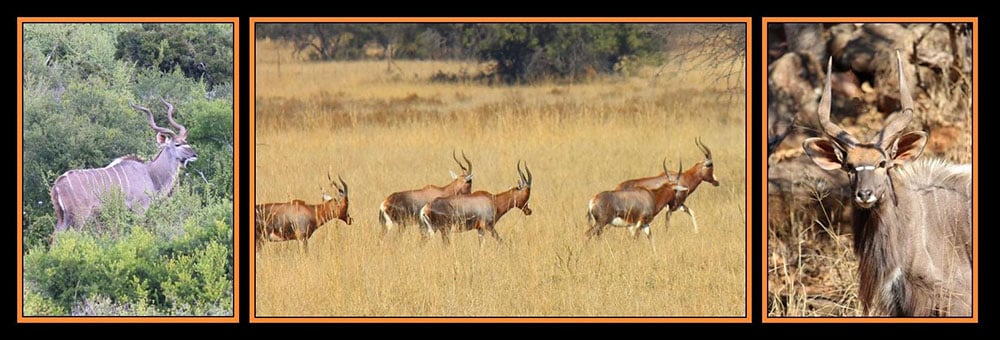
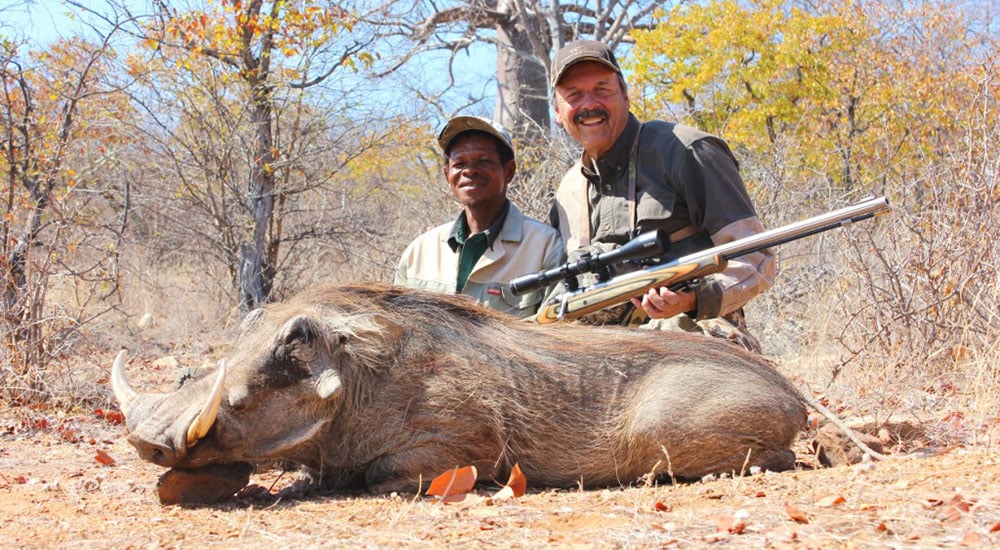
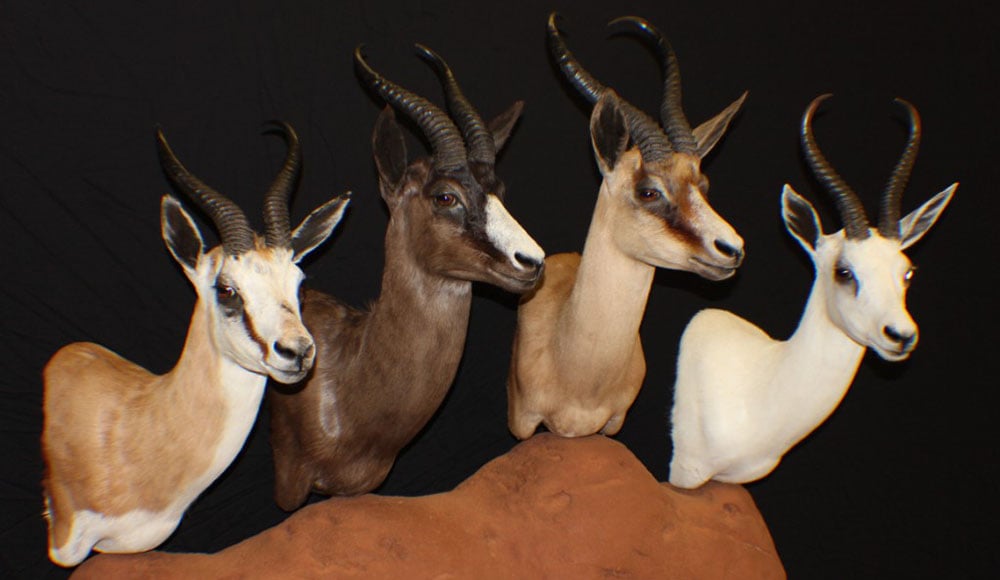



Comments (0)
2015 Articles In Review | The Blog of the Gritr Sports Storesays:
December 31, 2015 at 2:33 pm[…] October, Tony Martins shared his most recent hunting travels in Adventures In Africa. Martin’s article was accompanied by stunning photos taken by the author and a profile of the […]